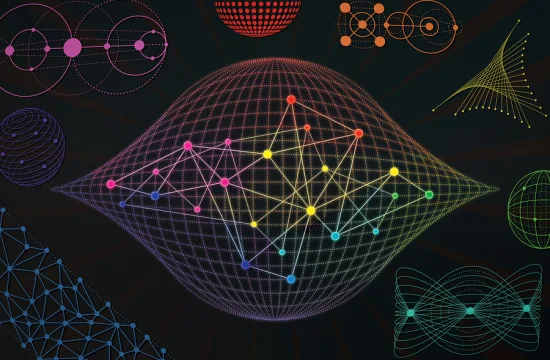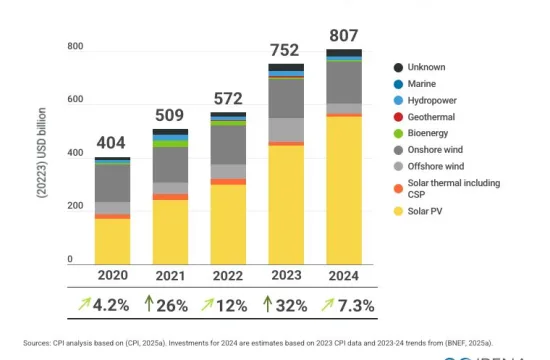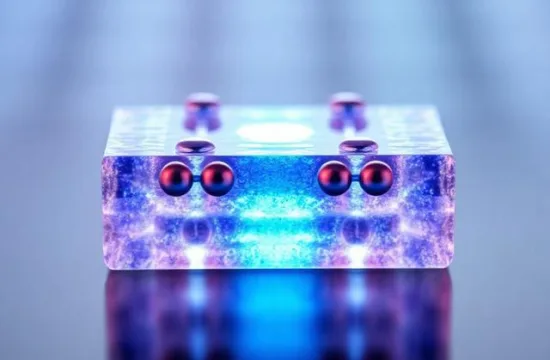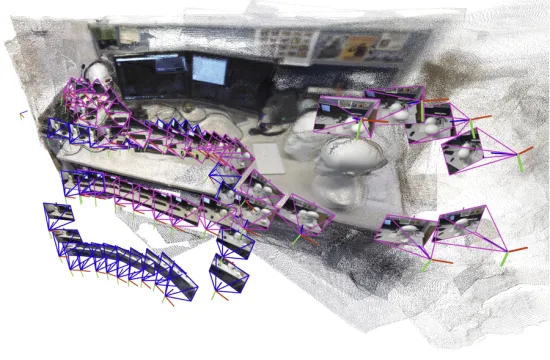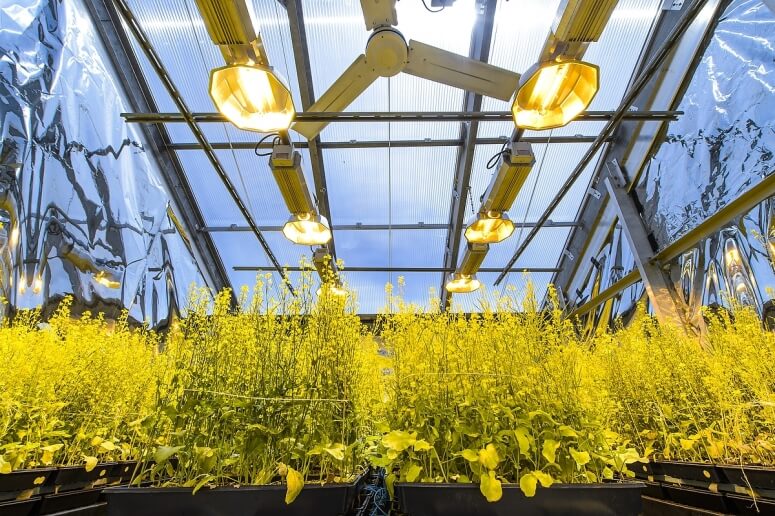
MADISON – One of the most flexible and unique research facilities in North America is sitting in plain sight, but near anonymity, on the west side of the University of Wisconsin-Madison campus.
“When I tell people I work at the Biotron, they say, ‘Oh, I’ve walked by that building a million times, and I never knew what went on in there,’ ” explains its assistant director, Isabelle Girard. ” ‘It seems so secretive, with no windows.’ “
Here’s the Biotron’s big secret: It is whatever you want it to be (within terrestrial reason).
[pullquote]Built by the National Science Foundation in the 1960s at 2115 Observatory Drive, the Biotron was designed to be able to simulate every climate on Earth except Antarctica.[/pullquote]
Built by the National Science Foundation in the 1960s at 2115 Observatory Drive, the Biotron was designed to be able to simulate every climate on Earth except Antarctica. Scores of lab rooms spread across three floors can deliver temperatures from -20 degrees to 45 degrees Celsius (about -4 to 113 Fahrenheit), from 100 percent relative humidity down to nearly none, and light intensity from dark to half-strength daylight – which is more blinding than it sounds.
There are rooms tall enough for growing trees, and rooms isolated from sound and vibration. There are even hypobaric (low-pressure) chambers whose thin atmosphere has provided the simulated circumstances needed to test devices built to administer accurate doses of vaccines and drugs at high altitude.
That kind of flexibility has drawn in industrial clients from Harley Davidson to Parker Pen to Middleton-based Springs Window Fashions that subject their products to extremes and benchmark their performance in precisely monitored conditions. And it gives academic researchers the opportunity to design experiments that couldn’t happen in conventional lab space – or without committing substantial time and money to one-off lab construction.



